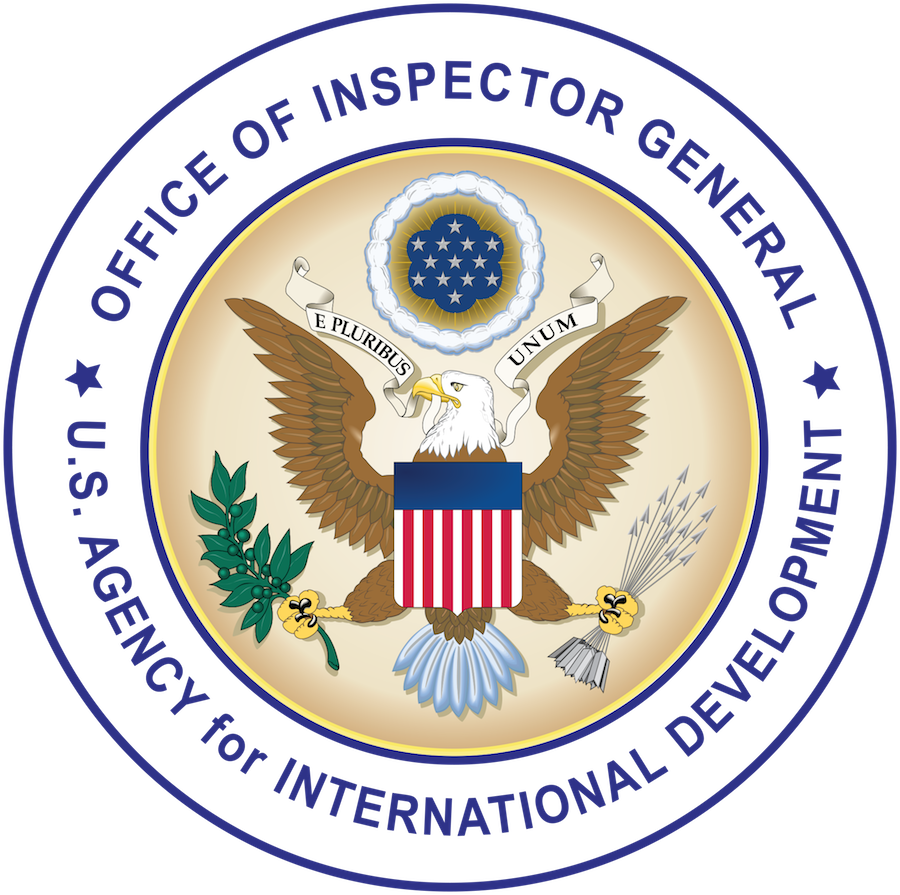Why We Did This Audit
In August 2021, the government of Afghanistan collapsed, the U.S. government evacuated its personnel and citizens, and the Taliban, designated as Specially Designated Global Terrorists, assumed control of the country as the de facto governing authority.
This chain of events abruptly ended decades of U.S. presence in the country and threatened to undermine USAID’s investment of over $26 billion in foreign assistance to Afghanistan since fiscal year 2002.
Since the U.S. government’s departure, USAID has continued to fund programs in Afghanistan that support livelihoods, agriculture, education, and access to lifesaving food and healthcare. To administer these new and existing programs, the Agency relies on nongovernmental organization (NGO) implementers in the country.
Given the political and security situation, USAID and its implementers face a complex and dangerous operating environment with numerous risks, including safety threats as well as Taliban interference in the delivery of aid to Afghans.
To assess the Agency’s ability to manage foreign assistance in such a hostile, nonpermissive environment, we initiated this audit of USAID’s efforts in Afghanistan to safeguard implementers and activities by (1) mitigating security and safety risks and (2) managing the impact of Taliban interference.
What We Found
USAID took effective steps to mitigate security and safety risks for implementers in Afghanistan, but coordination and award requirements were inconsistent between operating units. The Agency provided a range of security and safety services to protect implementers delivering U.S.-funded aid in the country. However, USAID/Afghanistan, the Bureau for Humanitarian Assistance, and the Office of Security lacked internal coordination and did not consistently direct implementers to develop plans or report incidents to mitigate security and safety risks.
USAID and implementers took effective steps to manage the impact of Taliban interference, but the Agency did not provide clear guidance for implementer engagements with Taliban representatives. USAID used a range of measures to manage the impact of Taliban interference on implementers and activities but did not monitor or guide implementer engagement with Taliban representatives. Consequently, Taliban representatives used these engagements to gain information and access to USAID’s activities. In addition, without specific USAID guidance, Taliban officials could leverage agreements with implementers to exert control in ways that inappropriately benefit the goals of Afghanistan’s de facto government.
What We Recommend
We made four recommendations to better safeguard USAID’s implementers and Agency-funded activities in Afghanistan. The Agency agreed with three recommendations and disagreed with one recommendation.
